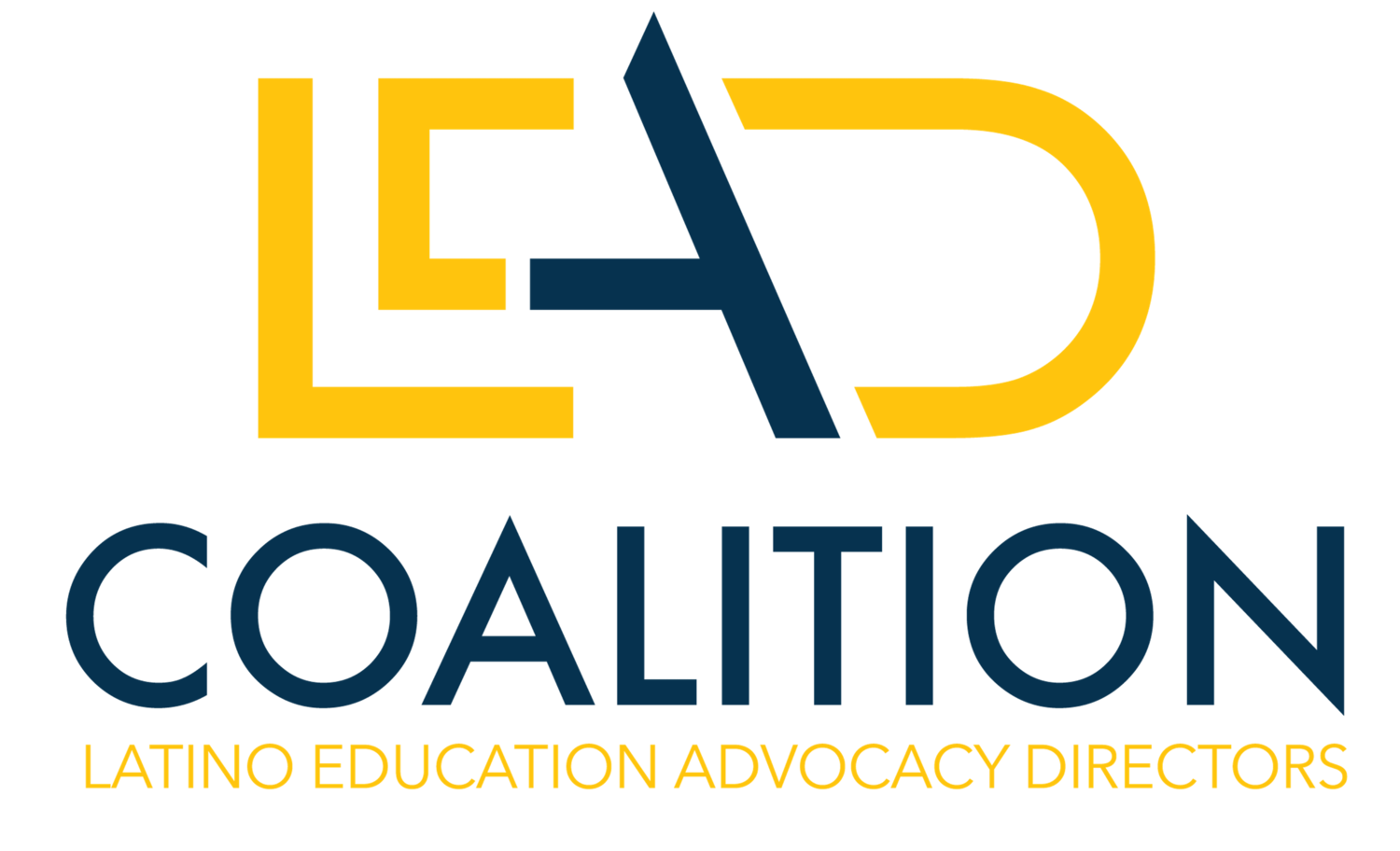Dignity for All Students Act Resources
The Dignity for All Students Act (DASA) protects all students from discrimination, harassment, and bullying based on race, religion, gender, national origin, ethnic group, and sexual orientation. This includes online and in-person harassment.
How to Identify Bullying and/or Harassment:
Bullying and harassment can take many forms. Some of them are: can take many forms, including:
Physical abuse: hitting, pushing, hair-pulling, tripping, among others.
Verbal taunting o Teasing: name-calling, offensive jokes at the expense of a child, among others.
Social exclusion or isolation.
Written harassment: through drawings, notes, emails, texts, graffiti, drawings, notes, photos and/or social media platforms, among others.
How to Identify When a Child is Being Bullied or Harassed:
Signs that a child is being harassed can include (but are not limited to):
Changes in behavior
Injuries, marks, or bruises
Lost or destroyed possessions, sometimes without explanation
Physical symptoms, like complaints of headaches or stomach aches
Difficulty sleeping
Low grades and/or loss of interest in school
Faking sick or avoiding school or school-related activities
It’s important to keep in mind that some children may not share instances of bullying with adults and that all children respond to bullying differently.
What Are Schools Required to Do?
Schools should have policies and procedures in place to protect students from bullying and harassment and all employees have been trained to recognize and respond to potential acts of discrimination and harassment.
School are also required to have a DASA coordinator who is responsible for overseeing the district’s investigation of the incident, as well as documenting that it occurred. Once an incident is reported, the principal or campus designee is required to respond within two days.
Additional Counselor & Educator Materials
Online Training for Educators on Recognizing and Preventing Cyberbullying
Visit the NYS Website for the latest news and updates regarding DASA.




